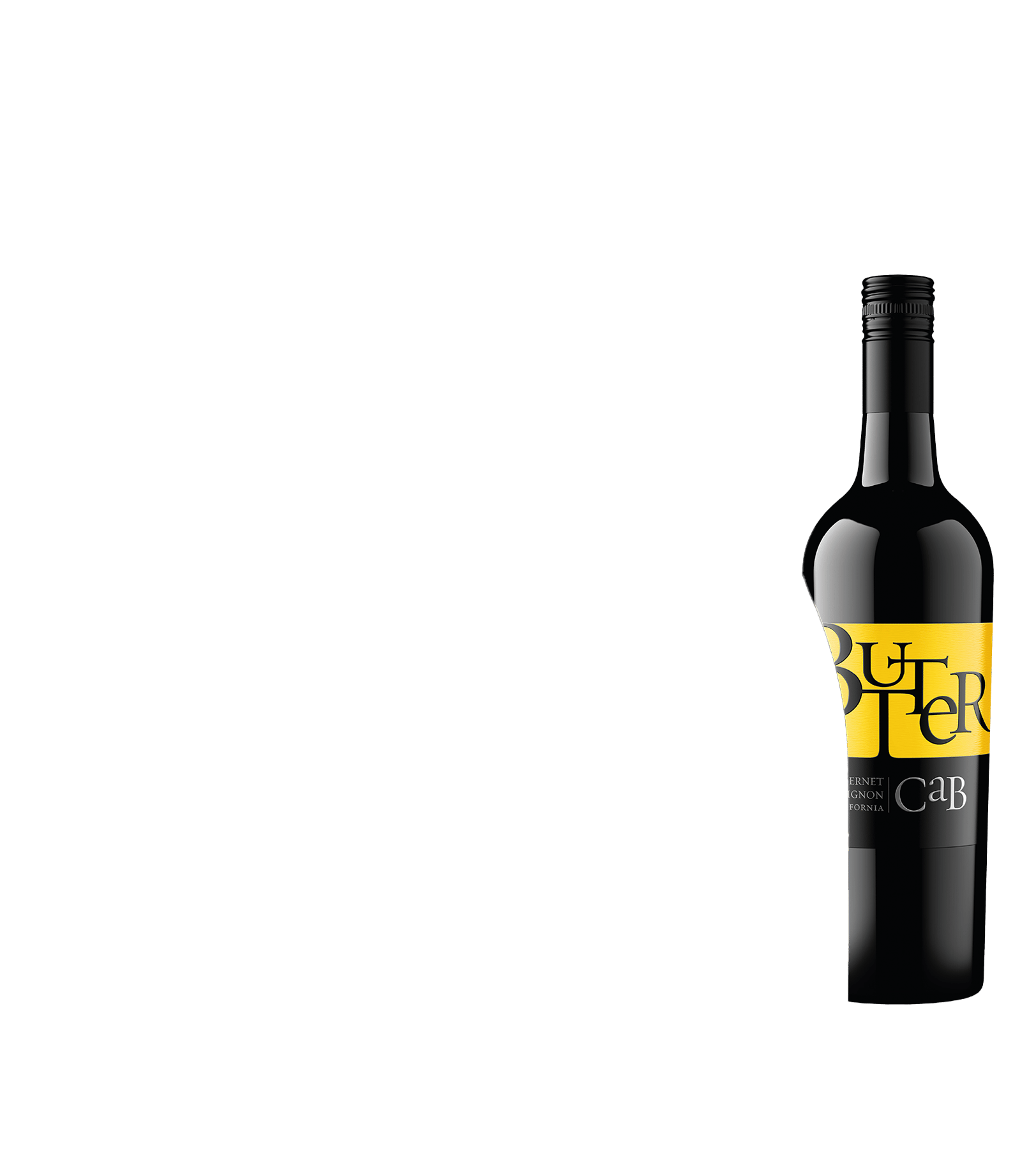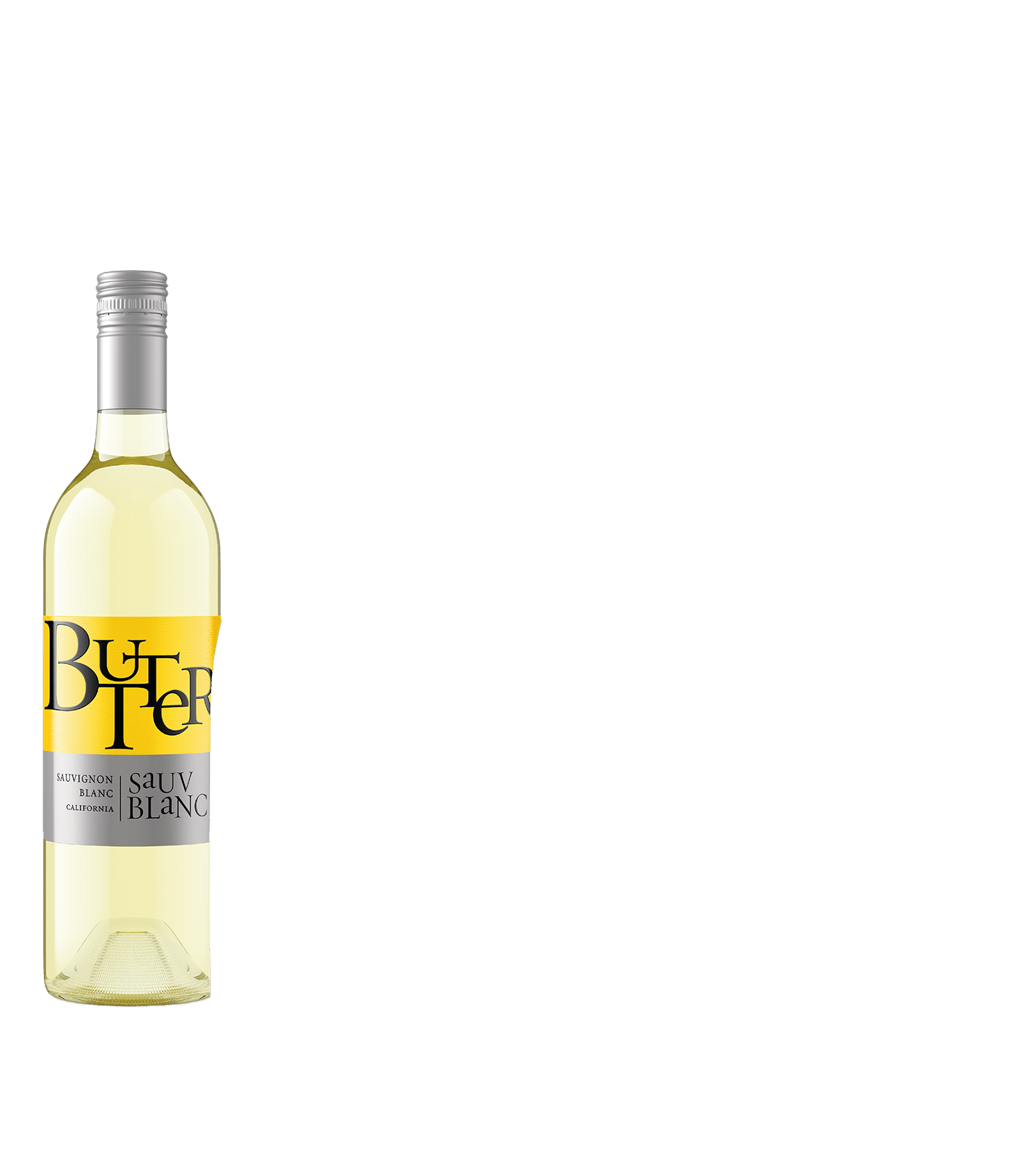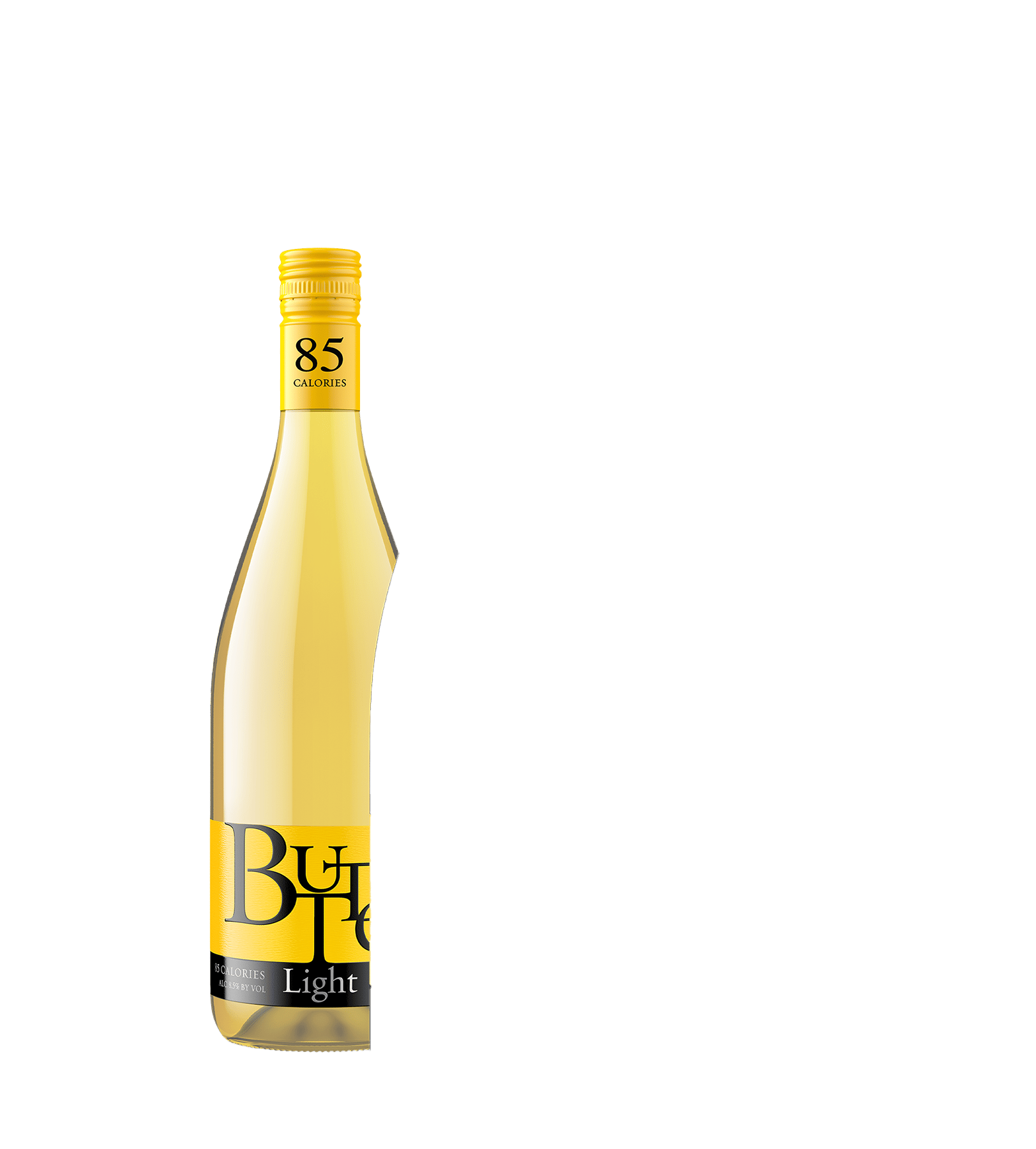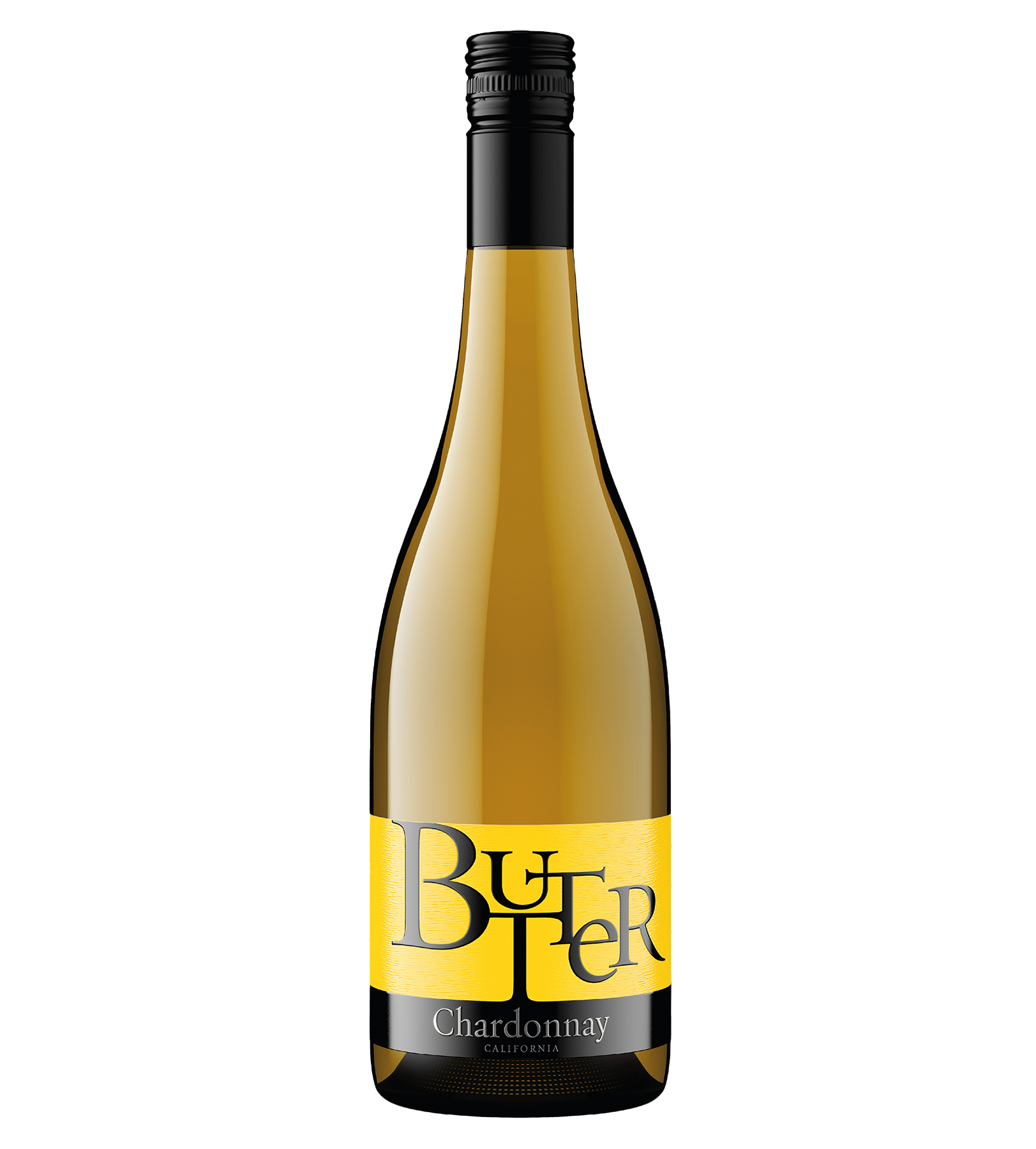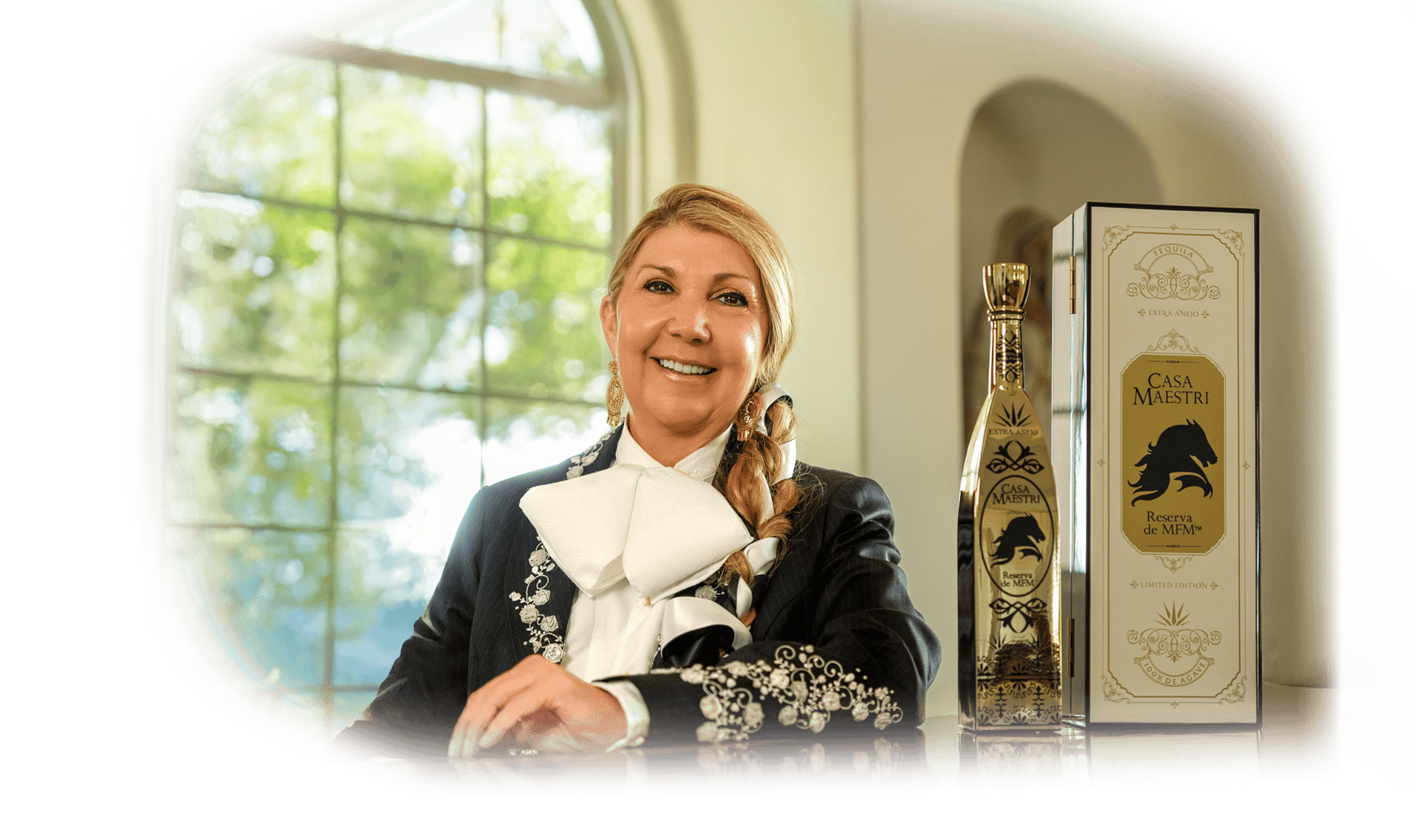Cover Story
JaM Cellars delivers bold wines for today’s consumers
By Lauren Sabetta
(Image courtesy of John Anthony Wines & Spirits)
By Jessica Jacobsen
(Image courtesy of Casa Maestri Distillery)
Although California’s Napa Valley wine region has a rich history in wine making dating back to the mid-19th century, the American Viticultural Area (AVA) in Napa County wasn’t established until 1981, hence attracting many investors to become today’s most renowned winegrowing region in the United States.
For John Anthony Truchard, founder and CEO of John Anthony Wine & Spirits, Napa County is the place where he learned early on from his father and other pioneering Napa Valley vintners the art of growing grapes to produce wine.
As a young man, Truchard put his passion and experience to work by starting a vineyard management business while honing his craft, and in the late 1990s, he began planting his own vineyards, releasing the first wine under the John Anthony label in 2006. Today, the John Anthony Vineyards portfolio presents wines across a diverse range of Napa Valley's American Viticultural Areas to include Butter wines by JaM Cellars, which Truchard says are super-approachable and can be enjoyed anytime.
In 2008, John Anthony Truchard and his wife, Michele, launched JaM Cellars with a mission to make great quality wines that were high in quality and flavor.
(Image courtesy of John Anthony Wines & Spirits)
“In 2008, in response to the economic downturn, my wife, Michele, and I launched JaM Cellars with a mission to make great quality wines that were high in quality and flavor, while approachable in price,” Truchard explains. “We launched with JaM Cabernet and Butter Chardonnay — wines that offer richness, bold character, and exceptional value under $20. Butter Chardonnay, in particular, resonated with consumers and has experienced significant growth over the past 15 years.”
Truchard attributes the Butter label’s simplicity as key to driving success in the wine market.
“Demystifying what was in the bottle with a simple name and bright label was appealing to a lot of people,” he says. “Plus, the quality of these wines has always been on point.
“We still make Butter the same way we made the first thousand cases,” he continues. “And we have fun with these wines — yes, of course, you can drink them with food but equally with music and fun. Butter wines are seriously good, without taking ourselves too seriously.”
Although a global trade, Truchard considers the wine industry at its core still to be an artisan-based business.
“Made up of thousands of small producers and a handful of larger wine companies (nearly 12,000 wineries in the U.S. today) — just walk into the wine aisle to see the vast array of labels, varietals, styles-producers, and regions represented,” he says. “Add to this fragmentation a lengthy and complex global supply chain of growers, packaging producers, distributors and retailers, plus a dynamic and shifting consumer population.”
Yet, these factors make for great difficulty in balancing supply with demand, Truchard explains.
“We’ve seen consolidation and contraction cycles before in the wine industry and we are definitely seeing this now, plus some new dynamics which are exacerbating the volatility of the market: bev alc innovations providing more product choices, and shift toward lower alcohol and lighter options affecting demand, and climate change and tariffs on materials affecting supply,” he says. “On one hand, we’re seeing both a rise in spirits and RTD consumption, as well as new products like THC and adaptogen infused beverages. On the other hand, we’re seeing an interest in non-alcoholic and healthier drinks.”
Still, Truchard’s takeaway from all this is that consumers simply want more choices than ever and aren’t being siloed into one segment or another.
“A deeper insight is consumer interest in the provenance, source, and values of the brands they choose,” he says. “It’s obviously got to taste great, but origin and authenticity are just as important as what’s inside the glass.”
In 2018, Butter by JaM Cellars introduced its canned wine: ButterCans Chardonnay.
(Image courtesy of John Anthony Wines & Spirits)
The path to success
What began with just 1,000 cases more than a decade ago, Truchard considers Butter Chardonnay to be the wine that started it all.
“It’s actually the top-selling single SKU of premium Chardonnay in the market, and we also put it in cans which are the No. 1 selling canned Chardonnay,” he says. “Butter’s trust and popularity among consumers is a huge reason why we’ve invested in growing the Butter lineup with new varietals — Butter Cab was the first, Butter Sauv Blanc and Butter Pinot Noir came next. And this year we released our first lower alcohol Butter, ButterLight Chardonnay.”
Going a step further, the Butter lineup also recently underwent a portfolio-wide refresh to expand on offering something for every kind of occasion.
“What started as a single SKU of Butter Chardonnay quickly grew as demand from both consumers and retailers pushed us to explore new formats and varietals,” Truchard explains. “As the lineup grew, we started to notice some confusion at the shelf, so this was a perfect moment to take a step back and dial in the packaging across the portfolio.”
Although Butter’s signature yellow label has become instantly recognizable, Truchard says the goal with the redesign was to keep that strong brand equity, while also giving each varietal its own clear identity.
“We leaned into subtle but impactful packaging cues — different glass weights and colors, unique screw cap and foil combinations, label textures, and production finishes,” he says. “Each varietal will now have its own personality, while still feeling unmistakably Butter.”
As far as ButterCans’ market performance, Truchard reiterates that it has been the No.1 Chardonnay in a can for a long time, selling into chain and mass channels.
“Now we’re seeing demand for cans grow in convenience and on-premises in stadiums and fast-casual dining,” he says. “The key is the R&D on the can and ensuring the product tastes identical to the Butter Chardonnay 750-ml. And it does.
“I think we’re a way off from seeing the ceiling for ButterCans — the convenience of the grab and go, the sustainable packaging, the single serve when you don’t want to open a bottle,” he continues. “Next up will be ButterLight Chardonnay in a can — the first light wine in a can.”
The recently released ButterLight Chardonnay is in response to growing consumer demand for lighter, more mindful options, Truchard says.
“With 85 calories and 8.5% ABV per glass, ButterLight allows wine lovers to enjoy a delicious Chardonnay with nearly a third fewer calories and 40% less alcohol than regular wines,” he explains. “Making a lighter wine only works if it still tastes amazing — and that was our priority from day one. ButterLight is proof that you don’t have to compromise on flavor to enjoy a lower-alc wine.”
Truchard adds that ButterLight also just debuted at BottleRock in Napa Valley and was a “huge hit” from a “pretty discerning” crowd, noting that the light Chardonnay promises vast opportunities to further its reach.
“ButterLight Chardonnay gives us a great opportunity to reach wine lovers who want a lighter option that still delivers on flavor and enjoyment,” he says. “It was recently named the ‘No. 1 Best Tasting Light Wine’ by The Tasting Panel in a blind tasting with industry experts, which reinforces that ButterLight truly stands out for its taste. The on-premise sector is starting to wake up to this and develop low alcohol menu sections so that’s a big focus for ButterLight.”
“What started as us pouring wine at a local festival has evolved into sharing the stage with global music icons,” Truchard says.
(Image courtesy of John Anthony Wines & Spirits)
Where the fun begins
Beyond offering approachable, quality wines, in 2016 Truchard and his wife, Michele, opened JaM Cellars Wine & Music Studio in downtown Napa — reimagining the traditional tasting room — and becoming a presenting sponsor of BottleRock Napa Valley.
For its 10th consecutive year, JaM Cellars returned as presenting sponsor of BottleRock Napa Valley, where this year’s headliners — Green Day, Justin Timberlake, Noah Kahan and more — took center stage with the signature JaM Cellars Stage.
“When we look back 10 years ago, both BottleRock and Butter Chardonnay were just getting started, so this partnership has really grown together,” Truchard says. “Being the Presenting Sponsor for a full decade is something we’re incredibly proud of.
“What started as us pouring wine at a local festival has evolved into sharing the stage with global music icons,” he continues. “It’s been an amazing journey to see both JaM Cellars and BottleRock become household names, all while staying rooted in Napa Valley. At the core, it’s always been about great wine, great music, and creating unforgettable moments. Butter fits that vibe perfectly.”
Beyond the partnership with BottleRock, Truchard notes that Butter isn’t traditional in its values as a wine brand or the way it interacts with consumers.
“Butter is beyond the dinner table, you’ll find us at music festivals such as BottleRock, OHANA Fest, Innings Fest, Kaboo and more,” he says. “At food and wine festivals such as Aspen or South Beach you’ll find us sponsoring parties like Guy Fieri’s Triple D Live, ButterUp at the Belly Up music club, and more. Or come visit us at our home in Napa at the JaM Cellars Wine & Music Studio with live music three nights a week.”
Still, the brand’s “Better with Butter” motto doesn’t just stop with its community engagement.
“Butter is all about giving consumers great quality any-occasion wine options, and we will not stop innovating,” Truchard says. “ButterLight Chardonnay in a can is coming out this summer. Butter Chardonnay 375-ml half bottles will also hit the grocery shelves in and convenience this summer. The brand team calls these ‘Baby Butter’ and just like cans appeal to that smaller serving size need.
“And we are planning a special release in January 2026 that will build on the success of ButterLight in the lower alcohol space,” he continues. “Watch this space.”
As far as Butters’ U.S. distribution footprint, Truchard notes that Butter Chardonnay has very high off-premise ACV in grocery, mass, chain, club, convenience, drug and independent.
“We were just starting to approach the on-prem world when COVID-19 hit and we refocused on off-prem and fourth tier digital and delivery.” he says. “Now for the new varietals it’s about connecting with our distributor and retailer partners to demonstrate the quality of the product, as well as the deep bench of sales and marketing support that comes with all the Butter Wines.”
Meanwhile, the brand’s footprint abroad is limited, Truchard explains.
“It’s limited internationally but we are in adjacent markets such as Canada and Mexico, and just exploring the Caribbean,” he says. “Markets where Americans are traveling and visiting and want their favorite wines.”
“
“We still make Butter the same way we made the first thousand cases. And we have fun with these wines — yes, of course, you can drink them with food but equally with music and fun. Butter wines are seriously good, without taking ourselves too seriously.”
– John Anthony Truchard, founder and CEO of John Anthony Wine & Spirits
Eyes on the future
Although John Anthony Wines & Spirits started with authentic passion for the wine industry — grown by taking risks, listening to consumers and innovating in the face of uncertainty — Truchard says that just as the beverage alcohol industry is facing its greatest changes, so is the company.
“We currently have the greatest number of products in the development pipeline we have ever had. We are just getting started with spirits in the form of a Mexican NOM-designated Tequila soda line called Johnny Tejas Ranch Water,” Truchard says. “Last year, I got connected to one of a handful of American-born Masters of Sake and now we have four Japanese Sakes that we are making in Yamagata and bringing to America called Hachidori and Open Kimono — names and flavors that make this iconic Japanese beverage accessible to Americans.
“A few years ago we started investing in Paso Robles as the next great American wine region and it is not disappointing,” he continues. “We now have three SKUs of Serial Paso Robles in distribution that recently earned 92 and 93 points. And our newest wine label Weather is another passion project that’s receiving acclaim for Chardonnay and Pinot Noirs grown in their most perfect microclimates — starting with Sonoma Coast, Russian River and Carneros Napa Valley — all great cool climate sites for winegrowing.”
And circling back to his aspirations for the Butter label in the next few years, Truchard says, it’s already starting to happen as more and more retailers take more Butter SKUs.
[T]he yellow Butter label is becoming a beacon of great taste and value throughout every section of the wine aisle — Sauvignon Blanc, Pinot Noir, Cabernet, Bubbles, Light and more. And I’d love to see ButterLight Chardonnay sitting next to every bottle of Butter Chardonnay — it’s really that great,” he concludes.
Paragraph: Johnson explains that the alcohol category is seeing four major trends influence the market: health and wellness, premiumization, ready-to-drink (RTD) beverages, and changing consumer demographics and media consumption.
h1
h2
h3
h4
h5
h6
asdf
